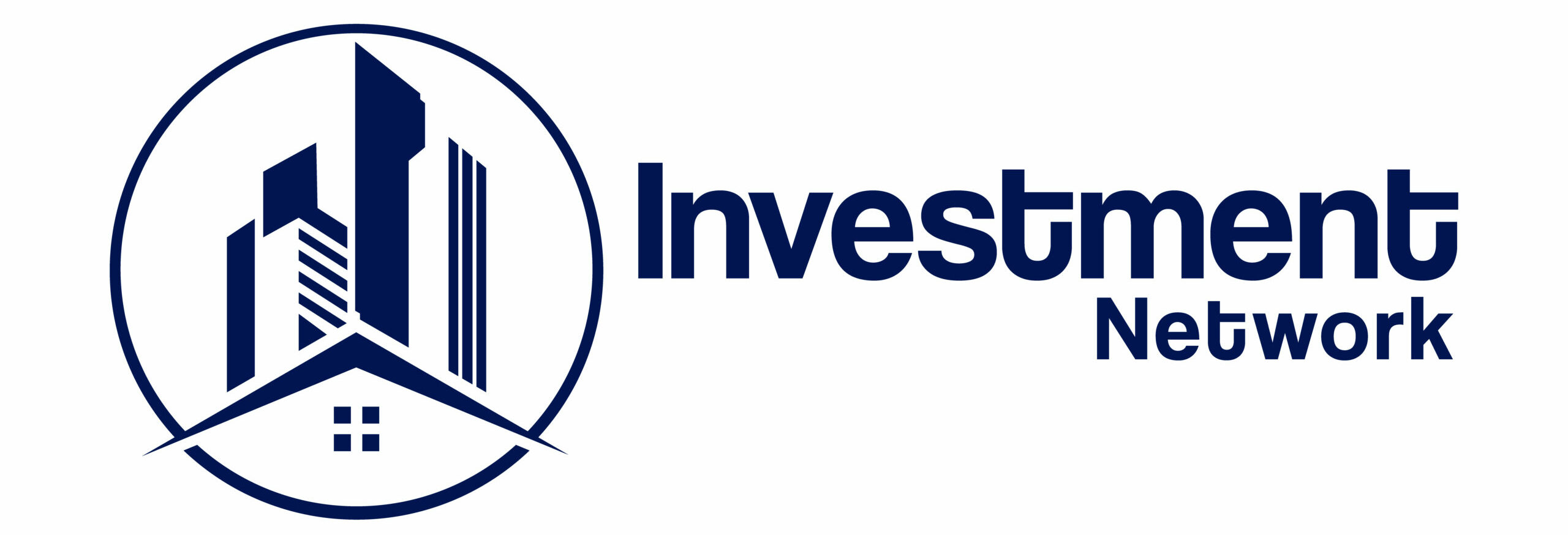A 1031 exchange is a popular strategy for real estate investors to defer the capital gains taxes when selling an investment property and reinvesting the proceeds into a new property. The exchange is named after section 1031 of the Internal Revenue Code, allowing investors to keep more of their gains by deferring taxes until they sell the replacement property.
However, investors must follow specific rules and requirements to take advantage of this exchange.
This blog will discuss the key rules and requirements real estate investors need to know before pursuing a 1031 exchange.
Introduction to 1031 Exchanges
A 1031 exchange, also known as like-kind exchange, is a tax-deferred exchange that allows investors to defer paying the capital gains taxes on the sale of a property by reinvesting proceeds into a new property. The exchange applies to any type of investment property, including commercial real estate, rental properties, and vacation homes. The primary benefit of a 1031 exchange is that it allows investors to defer taxes and reinvest the proceeds into a new property, which can help to increase their cash flow and overall return on investment.
Rules and requirements for a 1031 exchange
To take advantage of a 1031 exchange, real estate investors must follow specific rules and requirements.
The first requirement is that the properties being exchanged must be like-kind properties. This means that the properties being exchanged must be of the same nature, character, or class. For example, an apartment building can be exchanged for a shopping center, but a rental property cannot be exchanged for a personal residence.
The second requirement is that the exchanged properties must be used for productive use in a trade or business or for investment purposes. This means that the property cannot be held for personal use, such as a vacation home or primary residence.
Timing requirements for a 1031 exchange
Real estate investors must also follow specific timing requirements when completing a 1031 exchange. The first timing requirement is that the investor must identify the replacement property within 45 days of the sale of the relinquished property. The second timing requirement is that the investor closes on the replacement property within 180 days of the sale of the relinquished property. If either of these prerequisites is not met, the exchange will be disqualified, and the investor will be required to pay capital gains taxes on the sale of the relinquished property.
Identifying replacement properties
Real estate investors must identify potential replacement properties within 45 days of selling the relinquished property. There are three identification rules that investors must follow when identifying replacement properties:
- Three-property rule: investors can identify up to three potential replacement properties regardless of their value
- 200% rule: investors can identify any number of replacement properties as long as their total fair market value does not exceed 200% of the value of the relinquished property
- 95% exception rule: investors can identify any number of replacement properties as long as they acquire at least 95% of the fair market value of all the identified properties.
Working with a Qualified Intermediary
Real estate investors must work with a Qualified Intermediary (QI) when completing a 1031 exchange. The QI is responsible for holding the funds from the sale of relinquished property until they are utilized to purchase the replacement property. The QI is also responsible for preparing the necessary exchange documents and ensuring the exchange is completed in compliance with IRS regulations.
Conclusion
A 1031 exchange is a decisive tool that allows the real estate investors to defer capital gains taxes when selling a property and reinvesting the proceeds into a new property. However, investors must follow specific rules and requirements to take advantage of this exchange.
We, at Investment.org, connect you with the best-in-class financial and investment advisors who analyze your goals and help you meet them. Our team of advisors work closely with you and provide the latest 1031 exchange property lists. This list helps you identify the right replacement property in less than 3 days.
To access the free 1031 property list or talk to our advisors, sign up to our portal today.



